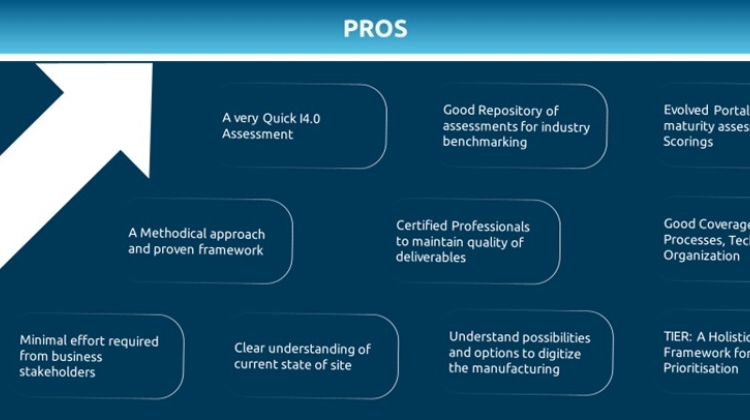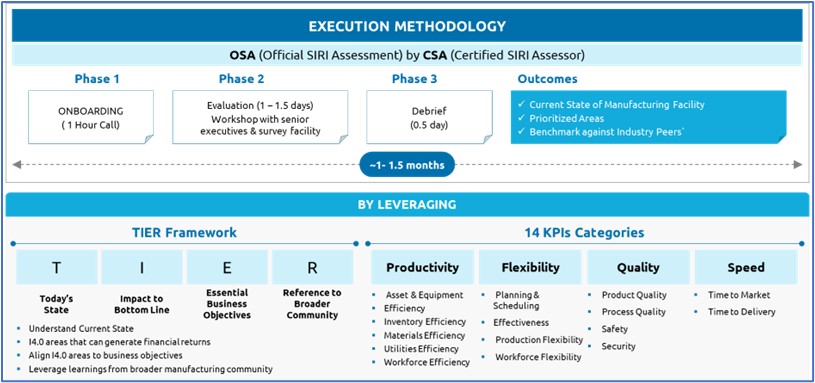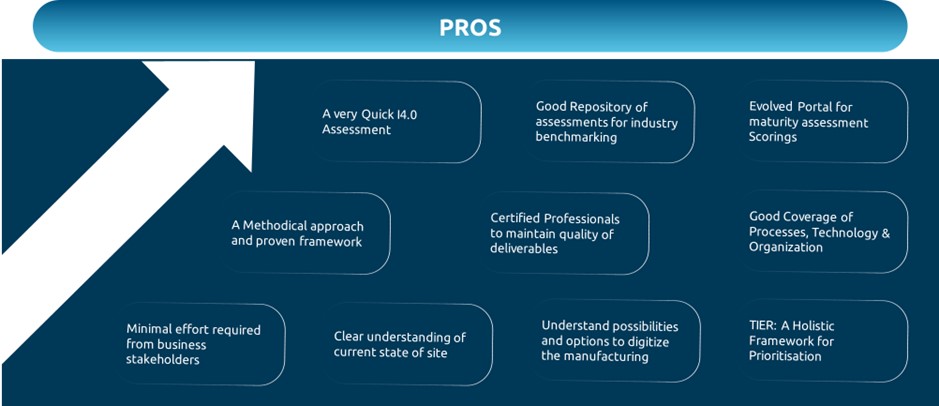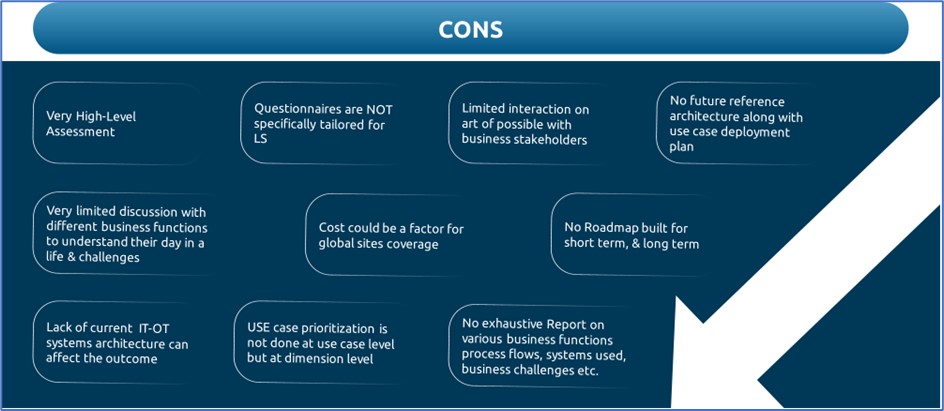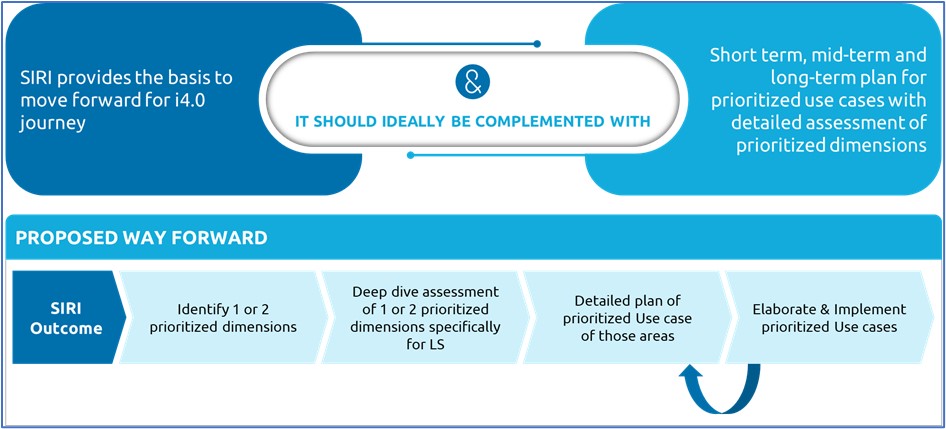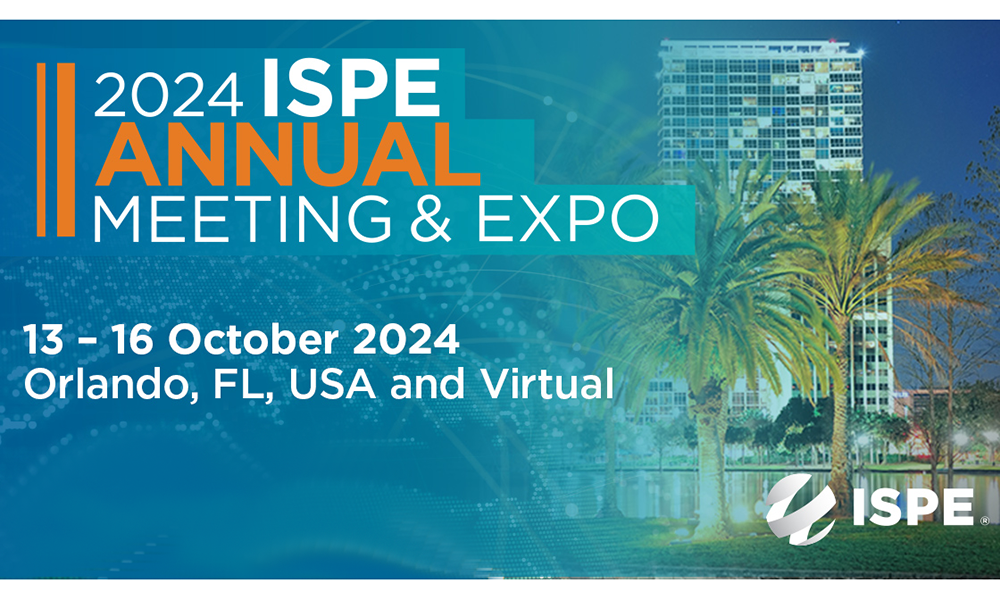Our Understanding of the Smart Industry Readiness Framework (SIRI)
The Smart Industry Readiness Index (SIRI) is a comprehensive framework developed by the Singapore Economic Development Board (EDB). Its purpose is to assess and guide companies on their digital transformation journey toward becoming smart factories or smart industries. SIRI provides a structured approach to evaluate an organization's readiness and maturity in adopting advanced manufacturing technologies and practices. The SIRI framework consists of four key dimensions:
Technology: This dimension evaluates the company's technological infrastructure, including connectivity, data management, cybersecurity, and digital capabilities. It assesses the company's ability to deploy and integrate technologies such as the Internet of Things (IoT), artificial intelligence (AI), automation, and analytics.
Process: The process dimension focuses on the company's operational processes and practices. It assesses the level of automation, standardization, optimization, and flexibility in production processes. It also considers factors like lean manufacturing, supply chain management, quality control, and continuous improvement.
Organization: This dimension evaluates the company's organizational readiness, culture, and capabilities to drive digital transformation. It assesses aspects such as leadership commitment, change management, talent development, and collaboration within and outside the organization.
People: The people dimension considers the skills, knowledge, and capabilities of the company's workforce to embrace and utilize advanced manufacturing technologies effectively. It assesses the availability of talent, training programs, workforce engagement, and the organization's efforts to foster a digital mindset among employees.
The SIRI framework provides a holistic view of an organization's readiness and maturity in adopting smart manufacturing practices. It enables companies to identify gaps, prioritize areas for improvement, and develop a roadmap for digital transformation. By leveraging SIRI, organizations can enhance their competitiveness, productivity, and innovation in the rapidly evolving landscape of smart industries. Below figure depicts the SIRI framework in a nutshell:
